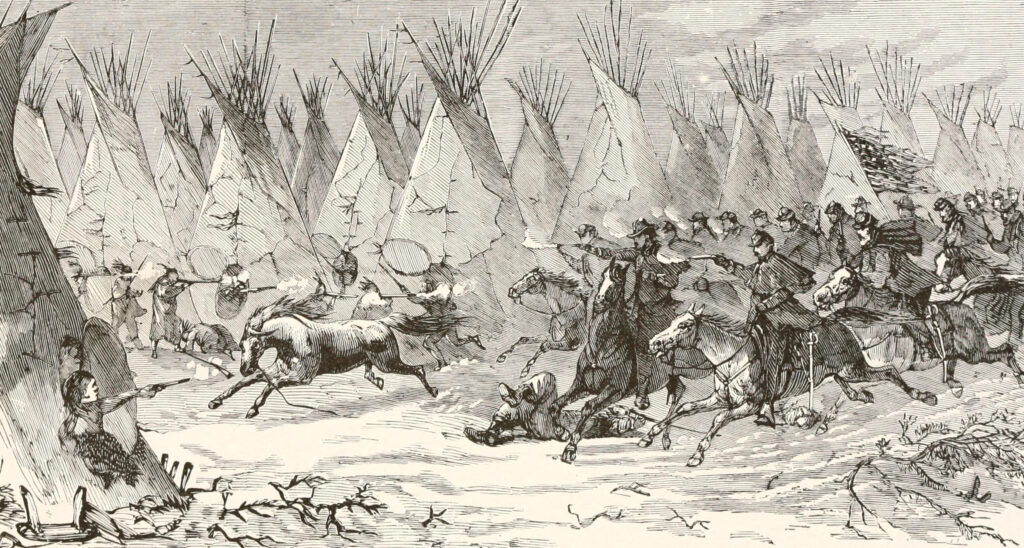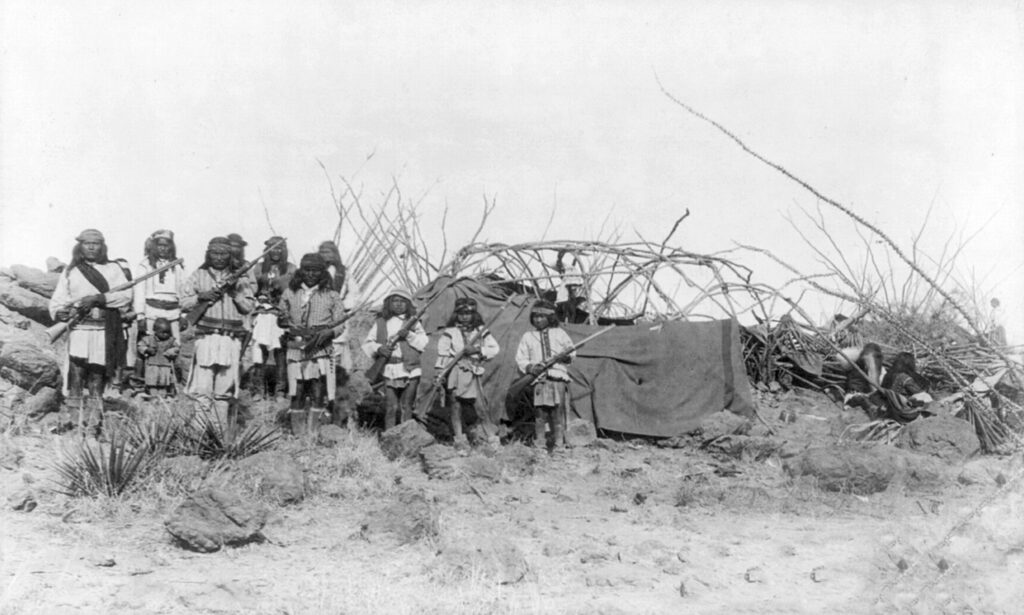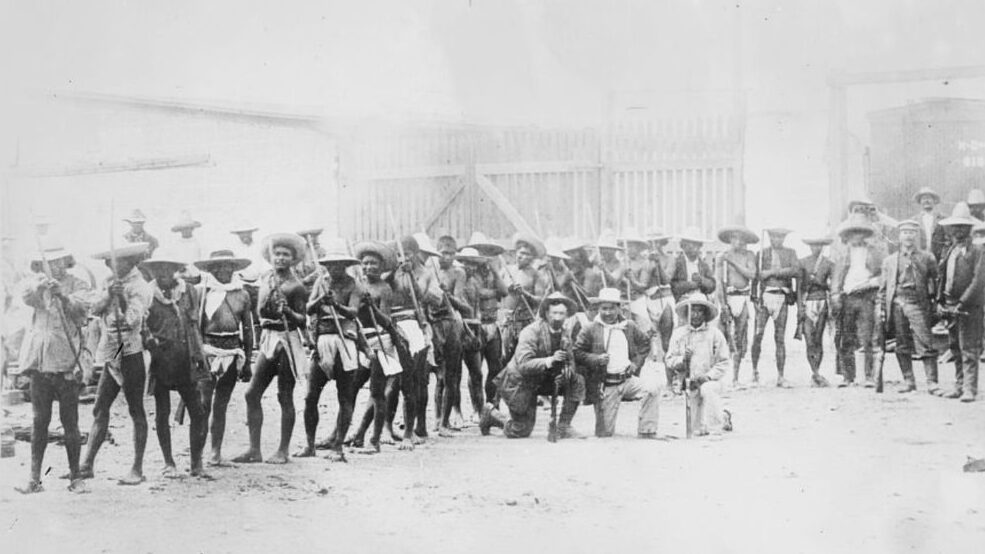When we think of the Indian Wars that pitted the American Indian tribes against the United States Army, we tend to think of U.S. Army Cavalry, wearing their trademark stetson hats, sabers gleaming, riding into battle. They’re usually fighting Native tribesmen who are shooting rifles while riding bareback across the Great Plains. That may have been how some of those battles looked, but after the closing of the frontier in 1890, it looked a lot different. The last great battle (The Battle of Bear Valley) waged between the Indian tribes and the U.S. Army came in 1918 after the Army was shaped by its experience in World War I. Its opponent was the Yaqui tribe, who was looking to establish an independent state inside Mexico.

The Battle of Bear Valley Was the Last Official Battle of the American Indian Wars
The Battle of Bear Valley looked a lot different than the battles of our popular imagination and was the last official battle of the American Indian Wars.
American Indian tribes had been fighting to assert their rights to their lands for centuries after European settlers came to the Americas. The American Revolution only hastened American expansion westward. Following the Mexican-American War that ceded California and southwest territories to the United States, along with Texas entering the Union in 1845, the tribes quickly began to lose ground.
There were almost as many Indian Wars as there were Native tribes, each fighting for their sovereignty and resisting U.S. efforts to force them onto reservations. The pace of conflict grew rapidly in the mid-1800s, gradually dwindling as more and more tribes were forcibly subdued, assimilated, or moved to reservations.

Even as the tide turned against the tribes and the frontier closed, there were Native holdouts who would not be subdued and rebellions against American Indian policy. In 1907, Navajo tribesmen ambushed an Army cavalry troop in Arizona. Fighting between settlers and Creek Indians broke out in Oklahoma in 1909. Nevada saw the last massacre of Native Americans by Federal forces in 1911.
The last battle of the Indian Wars came in 1918, but the Yaqui tribe had no issues with the U.S. government until the shooting started. Their beef was with Mexico. The Yaqui lands traditionally stretched south of the Gila River and into the Sonora Valley in Mexico.
The Land in Arizona Was Property of the United States
By 1918, their land in Arizona was property of the United States, and they wanted an independent state where the Yaqui River flowed into the Gulf of California. They wanted it by any means necessary, including the war they were waging with the Mexican government. To pay for it, they worked in American orchards.

Yaqui members would work the citrus groves near Tucson, Arizona. Once they were paid for their work, they would use the money to purchase arms and ammunition for their war against Mexico and then head back home until the following season. When Mexico discovered their plans, it asked the American government to intervene. The Army stepped up its patrols, looking for contraband arms and ammo.

On January 8, 1918, a cattle rancher reported the body of a cow in the mountains that had been used to make sandals. The Army dispatched a reconnaissance patrol, who found the Yaqui not far from the post. The Army sent a force after the Indians, who had moved south. The cavalry kept up its pursuit toward the border.
After some time, they dismounted and moved ahead on foot, finding a hastily-abandoned Yaqui camp. The Indians were close by and knew they were being chased. As the soldiers advanced forward, they came under fire from the Yaqui, who had cleverly concealed their positions. From behind boulders and trees, the firefight began.
The Yaqui fired on the Americans freely, seeming to disappear behind every rock and bush. One of the reports from the battle said the Indians disappeared like “shadows.” But the Army continued moving forward in a skirmish line. As they moved forward, they pushed the Natives back and began to close in on them. Eventually, they had the Yaqui confined to a small area. Realizing their predicament, one of the Yaqui stood up to surrender. The captain called a cease-fire.
As the troop of cavalrymen moved to surround what turned out to be ten Yaqui, they realized this band of Indians had made a glorious stand to buy time for the rest of the tribe, some 20 or more, to escape. One Yaqui was killed, and nine were taken, prisoner. A federal court sentenced them to jail for 30 days rather than extradite them to Mexico, where they would have been executed.
Read About Other Battlefield Chronicles
If you enjoyed learning about the Battle of Bear Valley, we invite you to read about other battlefield chronicles on our blog. You will also find military book reviews, veterans’ service reflections, famous military units and more on the TogetherWeServed.com blog. If you are a veteran, find your military buddies, view historic boot camp photos, build a printable military service plaque, and more on TogetherWeServed.com today.

0 Comments